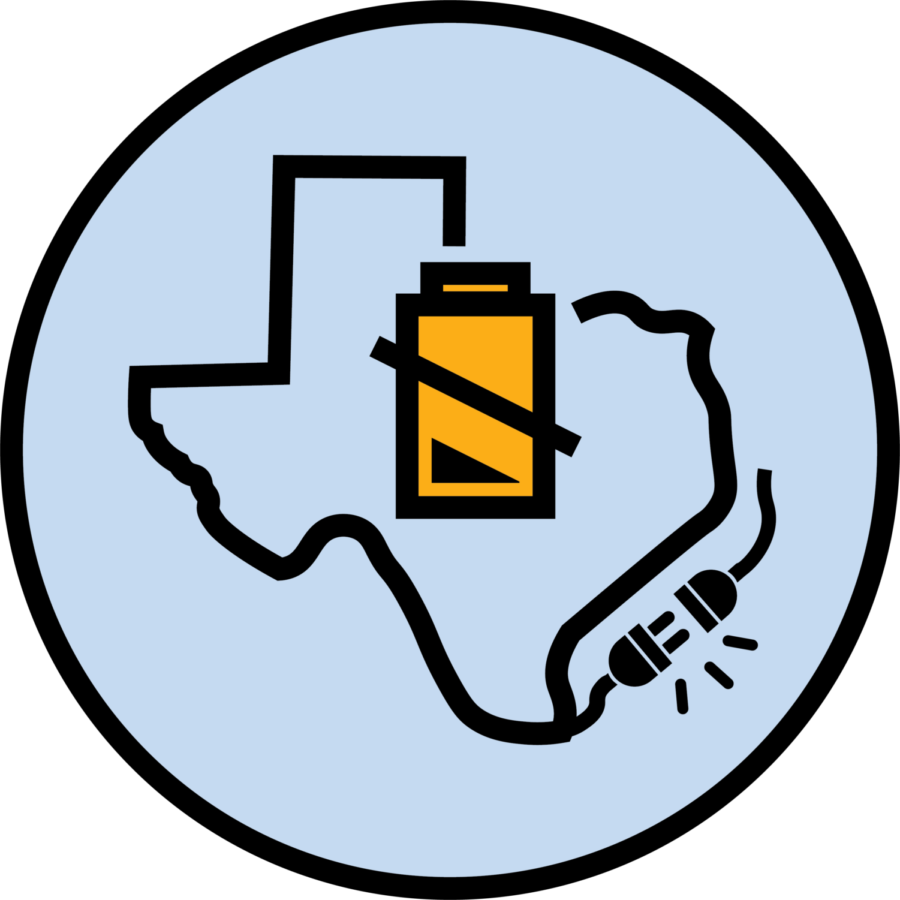Could Washington Survive the Same Texas Storm?
April 13, 2021
Starting on Feb. 10 through 20, Texas experienced widespread blackouts after a record storm hit the state. Over 3 million people were without power and hundreds of thousands more were without drinkable water. This sparked a statewide emergency that claimed the lives of 40 people many of which from carbon monoxide poisoning or hypothermia when conditions reached 0 degrees fahrenheit.
The state’s energy sector froze over and left equipment and power resources unusable, in what was deemed a generational storm. Many Republican lawmakers pointed to the ineffectiveness of renewable energy and criticized the wind turbines that froze. It took over a week in Texas and its surrounding states to restore power for millions of people.
If Washington state was to see a similar record freeze like Texas did last February, the state could rely on its usage of hydroelectricity to power residents. This provides a renewable energy source that is carbon neutral compared to Texas who relies on fossil fuels.
According to Power Magazine, hydroelectric plants are less susceptible to freezing due to the depth of water taken in by pipes leading into the plant that remain above freezing temperatures. This allows hydroelectric plants to run year round and in colder climates around the world in places such as Norway, Russia, Iceland, and Canada.
Hydroelectricity makes up 62% of Washington’s energy production, while Texas’ largest energy source is natural gas making up 52% according to the U.S. Energy Information Association. Texas’ largest energy source was limited due to icy conditions and freezing temperatures. If Washington saw the same conditions, the state would see a far better outcome due to the reliability of its natural water sources.
Texas Congressman Dan Crenshaw tweeted the blame for the outages on the state’s reliance on outlets, including wind turbines. “This is what happens when you force the grid to rely in part on wind as a power source. When weather conditions get bad as they did this week, intermittent renewable energy like wind isn’t there when you need it.”
According to The Electric Reliability Council of Texas, the state’s wind turbine production consists of 23% of the total electricity. This is more than double Washington’s usage at 8% of all electricity produced. If Washington’s wind turbines were to freeze over like they did in Texas, it would not have had as much of an impact in Washington.
Many years prior, the ERCOT refused to implement a weathorized system for their renewable energy. According to Newsweek, the frozen wind turbines could have been avoided with implementing a heating proponent or lubricants that colder states such as Wisconsin use to keep their wind turbines functional all year. Texas is a generally warm climate and rarely sees freezing cold temperatures, and therefore chose not to implement weathorized equipment.
Likewise, a combination of nuclear, coal, and gas power froze over and could not keep up with the increase in demand due to the freezing weather. According to The ERCOT, the state fell short of demand by 45,000 megawatts. This included 15,000 megawatts from wind and 30,000 megawatts from coal and gas. Both were responsible for the lack of power, but may have been prevented if the proper precautions were taken.
Furthermore, America has three main national power grids that connect communities and states. One covers the West side of the U.S., another covers the East side, and lastly, Texas is its independent grid. Since Texas is its own grid, it could not tap into other areas to match their increase in energy needs. According to the ERCOT, it controls 90% of the power resources in Texas and could not rely on outside sources for energy due to their isolation and wintery conditions.
On the other hand, the majority of Washington’s electricity and energy production comes from hydroelectric power. According to the EIA, Washington’s Grand Coulee Dam is the largest power plant in the country and can power up to 4.2 million households annually.
This contradicts Texas’ energy sector that has the majority of their energy deriving from natural gas and wind, and only gets .5% of its energy from hydroelectric power, according to the EIA. Texas receives less rain per year and has less access to large rivers like the Coulumbia. Additionally, Texas has an abundance of natural gas located in the state and results in a more reliable source of energy within the state.
With all of this in mind, Washington State would surely see outages if the state was faced with a generational storm as seen in Texas. Yet, thanks to hydroelectric power the weather’s impact on living conditions would be far less catastrophic. Going forward, if Washington State contributed more of its energy towards wind turbines, then it would need to weatherize these machines to ensure that none will freeze over.


